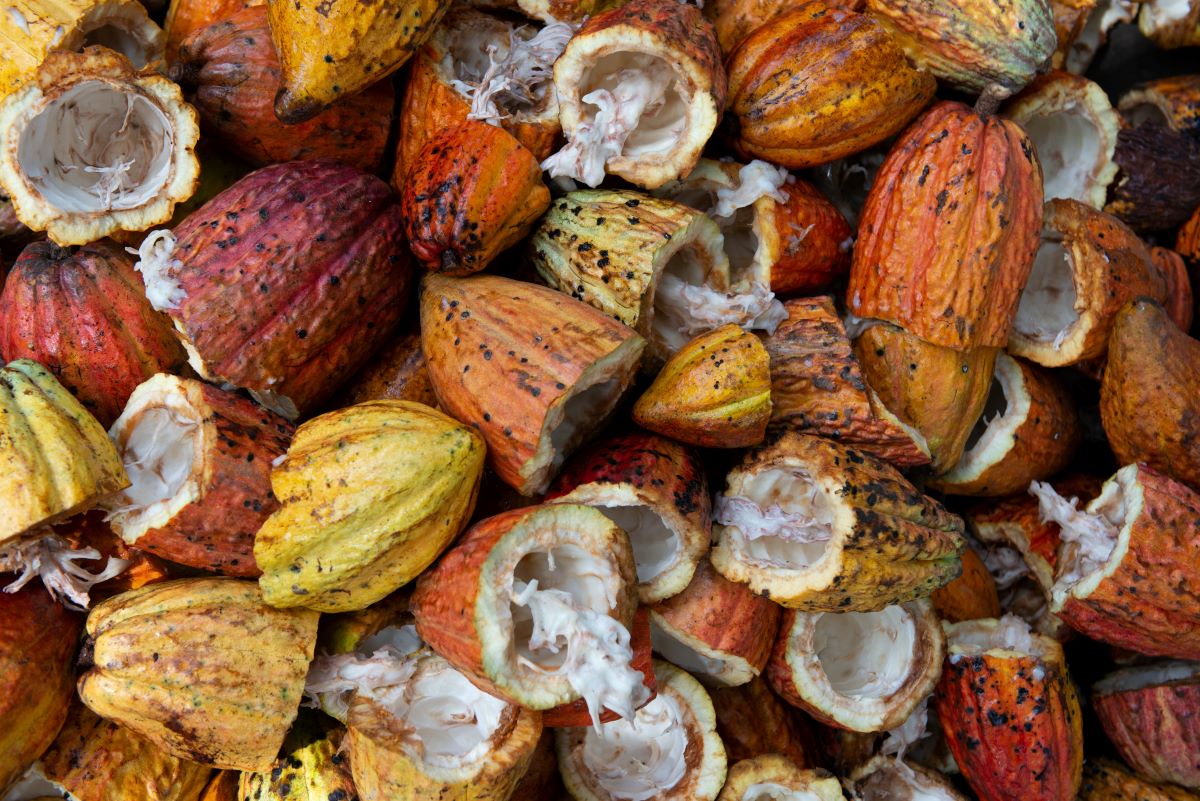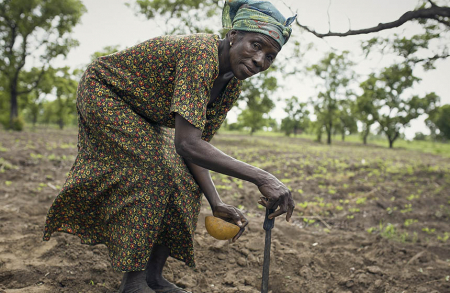Push-pull biological control in Kenya

Changes in the climate drive shifts in the distribution and numbers of insects, plants and pathogens that are pests for agriculture. The ‘push-pull’ system has been widely implemented in Kenya to reduce loss of maize to pests, leading to increase in yields and net income, and concurrent reduction in the incidence of poverty. Napier grass is planted around the border of the field and attracts the stem-borer moth pests away from the crop, acting as the ‘pull’. In tandem, Desmodium is planted within the maize crop and releases volatile chemicals that repel the pests, acting as the ‘push’. In addition to providing insect control, the push and pull plants can be fed to livestock. Moreover, Desmodium is a legume and so fixes nitrogen from the air, increasing the nitrate content of the soil; it also releases chemicals from its roots which prevent germination of a parasitic weed.




